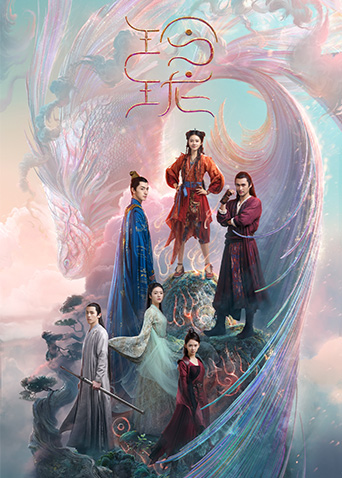 李志清
李志清
发表于9分钟前回复 :丹尼斯(安德鲁·加菲尔德 Andrew Garfield 饰)独自一人抚养着儿子康纳(诺亚·洛马克斯 Noah Lomax 饰),父子两人和丹尼斯的母亲林恩(劳拉·邓恩 Laura Dern 饰)住在一起,日子过得虽然拮据但是平静。金融危机爆发后,丹尼斯的人生彻底的跌入了低谷。面对着他再怎样努力都无法负担的房贷,无奈的丹尼斯只得申请破产,一家人被赶出了他们的家,流落街头,生活陷入了绝望之中。为了夺回属于他们的家园,丹尼斯发誓要不择一切手段,他遇见了贪婪邪恶的房地产经纪人瑞克(迈克尔·珊农 Michael Shannon 饰),成为了他的爪牙,讽刺的是,当初,正是瑞克让丹尼斯失去了他的家园,而如今丹尼斯所要干的,无非是和瑞克一样的事情。
 明凯
明凯
发表于9分钟前回复 :转自:http://www.filmlinc.com/nyff/2010/views-from-the-avant-garde-friday-october-1/views-from-the-avant-garde-jean-marie-straub“The end of paradise on earth.”—Jean-Marie StraubThe 33rd verse and last chant of “paradise” in Dante’s Divine Comedy. The film starts with verse 67, “O somma luce…” and continues to the end. “O Somma luce” recalls the first words uttered by Empedocles in Danièle Huillet and Jean-Marie Straub’s 1987 The Death of Empedocles—“O himmlisch Licht!…” (O heavenly light!). This extract from Hölderlin’s text is also inserted into their 1989 film Cézanne.“O somma luce” invokes utopia, or better still “u-topos,” Dante, Holderlin, Cézanne… the camera movement, recalling Sisyphus, in the film’s long shots, suggests its difficulty.In O somma luce, with Giorgio Passerone’s Dante and the verse that concluded the Divine Comedy, we find at the extremity of its possibilities, the almost happy speech of a man who has just left earthly paradise, who tries to fully realize the potential of his nature. Between the two we find the story of the world. The first Jean-Marie Straub film shot in HD.So singular are the textual working methods of Straub-Huillet, and now Straub on his own, that it is hard to grasp how far reaching they are. Direction is a matter of words and speech, not emotions and action. Nothing happens at the edges, everything is at the core and shines from there alone.During the rehearsals we sense a slow process by which ingredients (a text, actors, an intuition) progress towards cohesiveness. It is, forgive the comparison, like the kneading of dough. It is the assembling and working of something until it becomes something else… and, in this case, starts to shine. Actually it’s very simple, it’s just a question of opening up to the light material that has been sealed up. Here, the process of kneading is to bring to life and then reveal. The material that is worked on is speech. So it is speech that becomes visible—nothing else. “Logos” comes to the cinema.The mise en scène of what words exactly?The process of revealing, “phainestai”; “phainomenon,” the phenomenon, is what take splace, what becomes visible to the eye.Is “Straubie” Greece?This mise en scène of speech, which goes beyond a close reading of the chosen text, is truly comes from a distant source.—Barbara Ulrich



